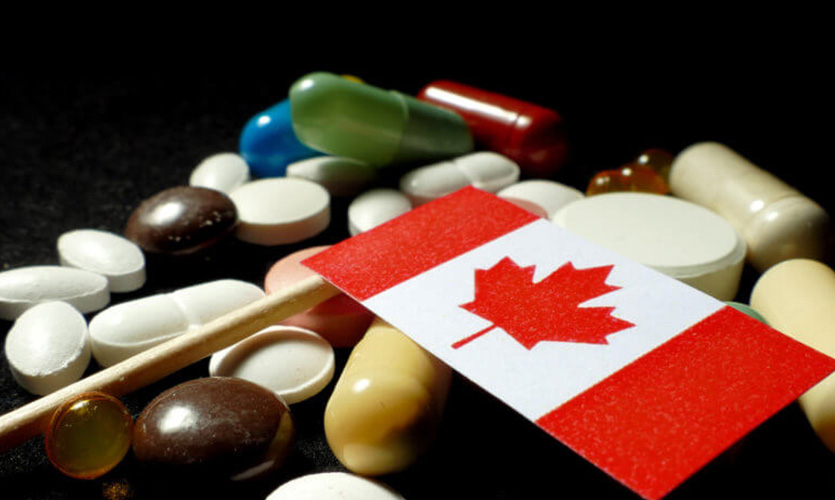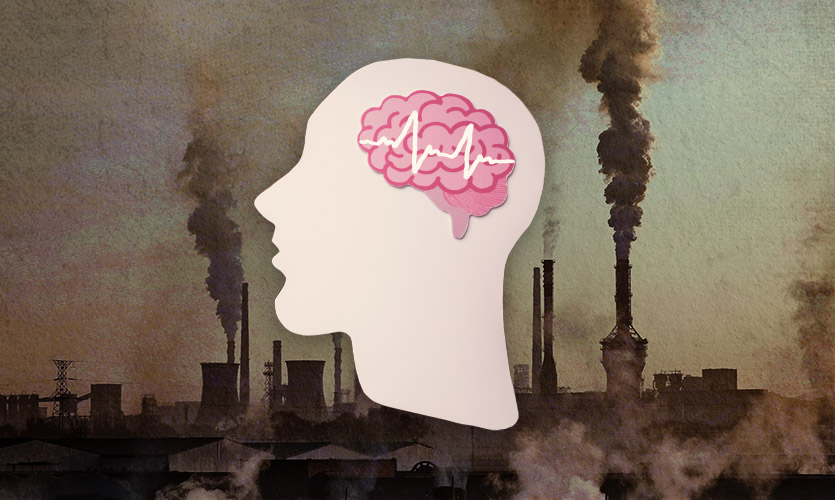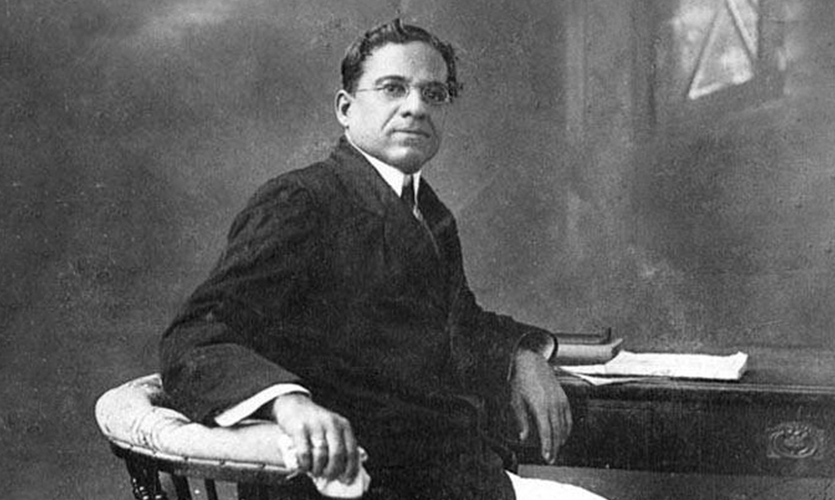Youth worldwide have fallen prey to the euphoria of hard drugs, and easy access and peer pressure do not help their case.
In a bid to tackle something of such gravity with a health emergency at their hands, the western Canadian province of British Columbia has kick-started a pilot program decriminalising carrying small amounts of heroin, meth, ecstasy, and crack cocaine.
The hotly debated decriminalisation of drugs in British Columbia seems like a bandage on the gaping wound of tainted drugs. On the surface, it might appear to be a fight against drug overdose and addiction, but more questions arise on digging further into the recent Canadian pilot program. If prohibitions on the commercial sale of these medicines were abolished in some or all the major markets, what would happen to the key suppliers of illicit narcotics? Would the trafficking groups change and become legal on paper, or would they pursue other illegal businesses? Would origin nations benefit from it or would competitors suddenly sprout somewhere else?
British Columbia recently joined the handful of countries with existing decriminalisation policies; others include Portugal, the Czech Republic, the Netherlands, and Oregon in the United States.
The opioid crisis had ravaged the province, where people hoarded a toxic supply of readily available drugs, and injecting syringes full of tainted chemicals became a regular sight. Since the government declared a public health emergency in 2016, toxic drug overdoses have claimed the lives of more than 9,400 people in British Columbia (B.C.), i.e. six people on average each day.
Under the three-year pilot by the federal government, B.C. is exempted from the Controlled Drugs and Substances Act (CDSA) in effect since May 31, 2022. Simply put, for people who are 18 years or older, it is no longer illegal to possess 2.5 grams of several illicit narcotics in the province. The drugs could include cocaine (crack and powder), methamphetamine, MDMA, and opioids (including heroin, fentanyl and morphine).
The police department in the region is to undergo training regarding the same, and related data will be collected throughout the three years and made public to the people.
The government’s decision to lower the possession threshold from 4.5 to 2.5 grams was made after feedback from law enforcement officials across the nation, according to Carolyn Bennett, the federal Minister of Mental Health and Addictions. She added that the threshold is only a “starting point” that can be revised as required.
Bennett said that according to law enforcement statistics, 85 percent of drug seizures were for amounts of less than 2 grams, albeit it wasn’t made clear what time period or area those statistics applied to.
Bringing A Knife To A Gunfight
Decriminalising the possession of small amounts of narcotics alone, which supporters claim is a step in the right direction in tackling the escalating overdose issue, falls short of solving Canada’s hazardous drug supply problem.
Fentanyl has overtaken heroin in the last couple years, and new and even more dangerous substances have entered the game. In addition to heroin samples, 72 percent of more than 24,000 opioid narcotics that were recovered by law enforcement agencies throughout Canada last year also contained fentanyl or fentanyl variants.
On top of this, the opposition has twisted the knife by slamming the policy on the grounds that the individuals who are struggling, suffering, and dying as a result of this drug supply are truly being abandoned as drug policy is exploited and used as a means of playing politics by political parties.
The federal government has indicated that it is willing to discuss extending the decriminalisation to other provinces and cities throughout the nation in addition to British Columbia, although Saskatchewan, Manitoba, and Nova Scotia have already stated that they won’t be following suit.
If we were to analyse the issue closely, the quantity of the substances decriminalised is a hiccup in the program. Disappointingly, 2.5 grams is insufficient to cover the daily demands of most drug users, especially as one size does not fit all. It could also incur additional costs because buying in bulk is typically less expensive. Additionally, the limit disregards those who reside in rural areas, frequently separated from the metropolis where they get their drugs.
For decades, advocates have called for a safe and regulated drug supply so that drug users may obtain regulated substances such as medical-grade heroin from a legal source rather than potentially harmful equivalents from the black market. Drugs that have been decriminalised exist in a legal grey area where they are neither legal nor prohibited. The policy basically states that a substance use disorder won’t be considered a crime and that possession won’t result in handcuffs at a time when lethal substances are at play.
The change in policy could have harmful unintended repercussions if it is not implemented properly, which is the main cause for concern. Regulating safe supply should be at the top of the priority list.
A Hopeful Start
However, looking at it positively, the decriminalisation is definitely a start if not the complete solution to tackling the health emergency. The policy shift will help fight drug mortality by putting the focus on treatment instead of criminal prosecution. Netherlands and Portugal are usually looked up to as the poster children when it comes to decriminalisation of drugs. The legalisation of heroin and other hard drugs has made it possible to treat addicts like patients. As a result, hardly any new heroin addicts are registered, and those who already use the drug are encouraged and assisted in finding employment.
Drugs may simply be significantly taxed and subject to regulation similar to that which applies to alcohol and tobacco. The cost might still be significantly lower than what is now being paid on the black market, but the revenue made from the regulation could still add to programmes for rehabilitation and education.
The pilot program humanises substance users and addicts, and has extended an arm to provide them with the help they need. But in the same breath, they have turned away from ensuring a safe supply to the users, which could backfire and aggravate the issue.
Nevertheless, using British Columbia as a fresh example, nations worldwide must rethink their stance on decriminalisation of drugs as the wave of addiction takes over the youth today.










